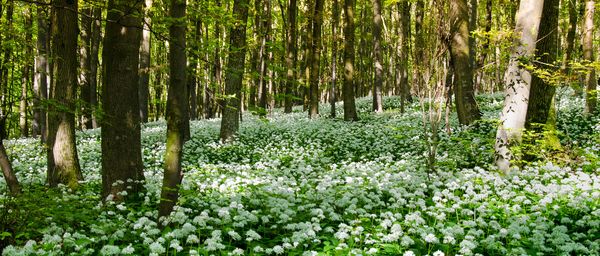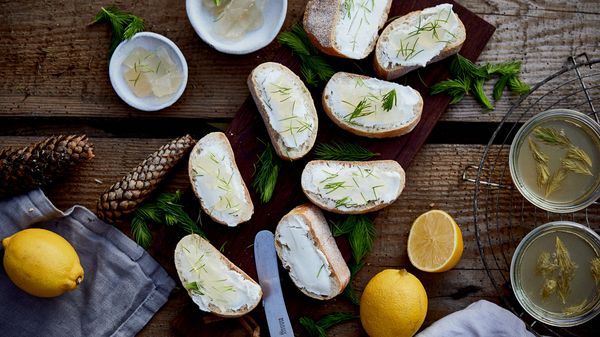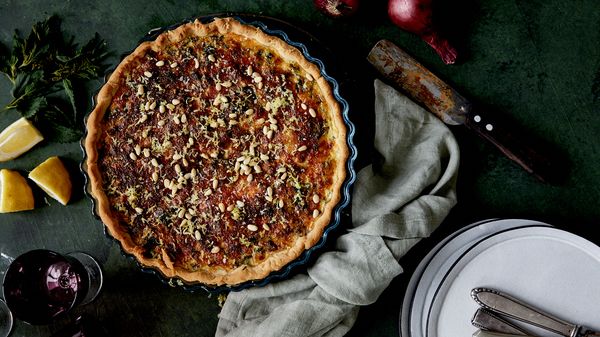When Barbara Untermarzoner updates the menu for the Hotel Tann, she starts by rambling through the nearby forest. The South Tyrolean’s cuisine is influenced by what her restaurant’s natural surroundings have to offer. ‘My grandmother used to show me which wild plants are edible and how to make delicious dishes out of them. Ever since then, I have been trying out many new recipes using wild ingredients,’ she says. Accordingly, pickled ramsons or dandelion buds, spruce tip syrup, rose hip or barberry chutneys and jams, dried mushrooms and many other delicacies are just waiting to be served on the plates of her restaurant.

Wild herbs, berries, mushrooms or needles – the forest provides incredibly aromatic ingredients for the kitchen. A guide for beginners.
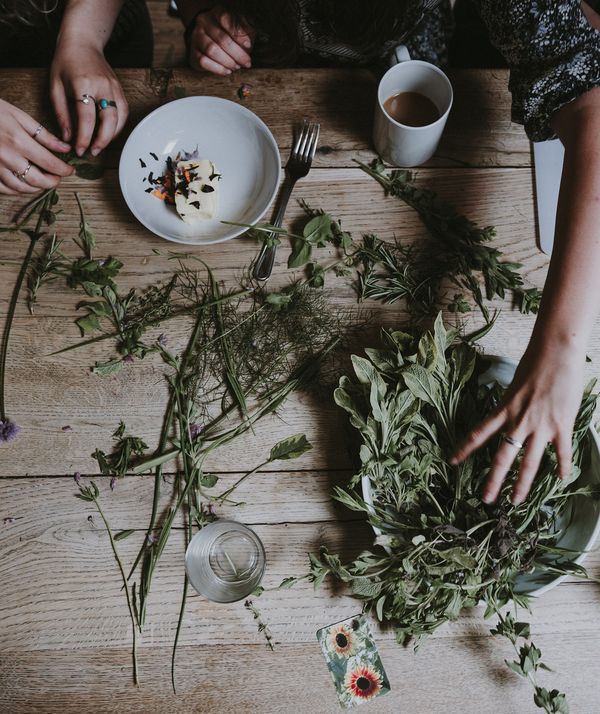
A free harvest from January to December
‘Nature is in season all year round. The leaves and the flower can be used in spring and Summer, roots and nuts in autumn and winter.’ Since the wild harvest is generally rich in essential oils, it has an effect on the entire body. Many plants are therefore an inherent part of natural medicine, but they can also be harmful if they are incorrectly prepared or consumed in excessive quantities. Forest cuisine beginners should really only pick herbs, berries or mushrooms that are clearly identifiable. ‘At first, you should ideally go foraging for edible forest ingredients with an experienced companion. This also provides the opportunity to talk about the right preparation methods and amounts,’ says Untermarzoner.

Forest ramsons
Ramsons can be found from April onwards in semi-shaded forests and on the banks of streams. It tastes garlicky. Ramsons is rich in micronutritiens and has a detoxifying effect. Caution: Since ramsons is harvested before it blooms, the sword-leaves may be mistaken for poisonous lily of the valley or autumn crocus. You should grind the leaves in order to make sure. If it doesn’t clearly smell like garlic, don’t eat it.
Preparation tip: Coarsely chopped ramsons enhance salads, Soup or pesto and add a touch of spice to herb butter or quark. The buds of ramsons flowers can be boiled in a similar way to capers with vinegar, salt and sugar and eaten all year round as a snack.

Wild herbs
Although they are notoriously decried as weeds in an ornamental garden, wild herbs can be used in the kitchen in various ways. The young leaves have a particularly delicate aroma, so it is worth foraging in April and May – preferably in the morning. Here, too, beginners should play it safe when identifying the herbs – a well-illustrated guide may help here. There is hardly any danger of confusing dandelion leaves, stinging nettles, goutweed or sorrel with inedible varieties.
Preparation tip: Wild herbs must be washed and spun dry before using them. Dandelions, stinging nettles, goutweed and sorrel taste nice combined with fruits in a smoothie or salad.
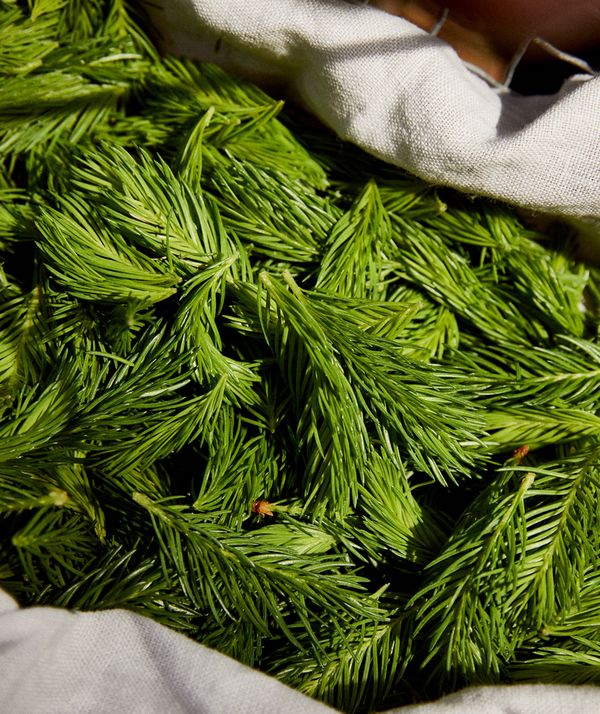
Spruce tips
The young tips of the spruce tree taste refreshing, slightly resinous and citrus-like and can be used freshly chopped like herbs. In naturopathy, the needles are boiled down to a syrup with sugar and used as a cough remedy. Caution: The young green parts of the yew tree look similar, but are poisonous. You will recognise the poisonous yew tree needles because they are much flatter than the spruce needles.
Preparation tip: Purée a handful of spruce tips with the same amount of fresh parsley, oil and a tablespoon of toasted pine nuts to make pesto. It tastes delicious with fresh pasta.
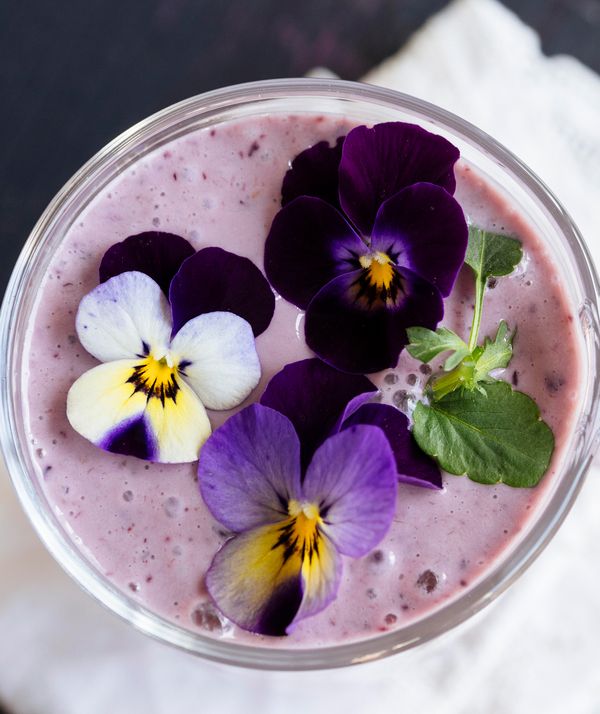
Violets
Wood violets bloom in meadows and at the edge of the forest from April to May and emit a tantalising scent. They are rich in vitamins and have an antibacterial, haemostatic and analgesic effect. The sweet aroma of the flowers enhances salads as well as desserts and drinks.
Preparation tip: Boil 500 grams of sugar in 500 millilitres of water until it dissolves. Leave the sugar syrup to cool and then add 150 grams of violets and one or two slices of an organic lemon. Allow the stock to infuse in a cool and dark place for two days and then pour it through a sieve into a sterile bottle. It is ideal in sparkling wine or for enhancing a sorbet.
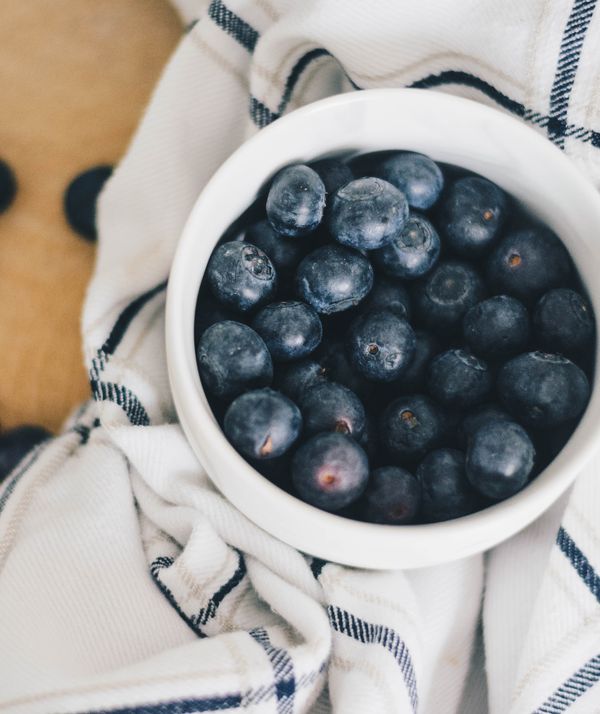
Fruits of the forest
The season for edible wild berries begins with the wood strawberry in June. Just a little later on you will find the delicious wood blueberries. The berry especially grows on bushes found in mountain forests and heathland regions. The much sourer cowberry is ripe in August and grows on evergreen bushes. Blackberries with a wonderfully intense flavour can be picked from the end of August to September. The same applies to all wild fruit: they are more aromatic than the farmed varieties, contain less sugar and provide lots of secondary plant nutrients that are good for the heart.
Preparation tip: Wild berries of all kinds enhance salads or desserts and can be used to make magnificent chutneys and jams. There is one exception: wood strawberries only taste nice when prepared raw. The bitter substance is released from the tiny green pips when they are cooked and impair the flavour.

Forest mushrooms
The delicious Forest mushrooms can then be harvested until October. Especially coveted are the cep, bay bolete and chanterelle varieties. But almost every forest mushroom has a poisonous double, which is why beginners should never gather mushrooms without an experienced companion. Another advantage of taking along a mushroom professional is that they know the best places to find them.
Preparation tip: Prepare the fresh mushrooms immediately after gathering them. To do this, carefully clean the caps with a mushroom brush and then fry the mushrooms in olive oil with onions and herbs. If you have a rich harvest, the ceps can also be dried in the oven. You will find instructions on how to do this here: https://www.neff-home.com/theingredient/tips/drying-in-the-oven
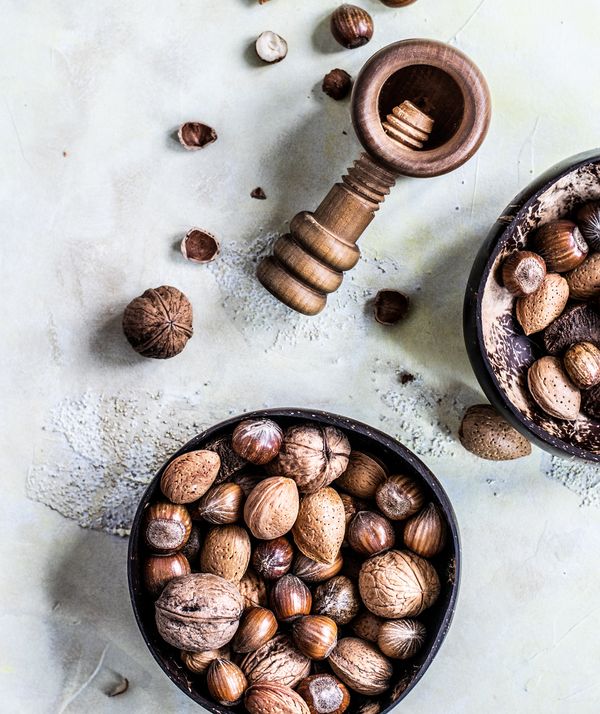
Forest nuts
It is worth foraging for nuts in the autumn. The little power packs are not only tasty, but also rich in fatty acids, vitamins and minerals. Walnuts, hazelnuts and sweet chestnuts can be found on the forest floor in the local area – generally from the end of September – because they fall from the trees themselves.
Preparation tip: All nuts enhance salads, pesto, bread and baked goods. Very tasty Soup: Simply sweat the chopped sweet chestnuts with butter and onions, deglaze the pan with a vegetable stock and white wine and cook it for 30 minutes. Then finish off the soup with cream, pepper, salt and a little fresh parsley.
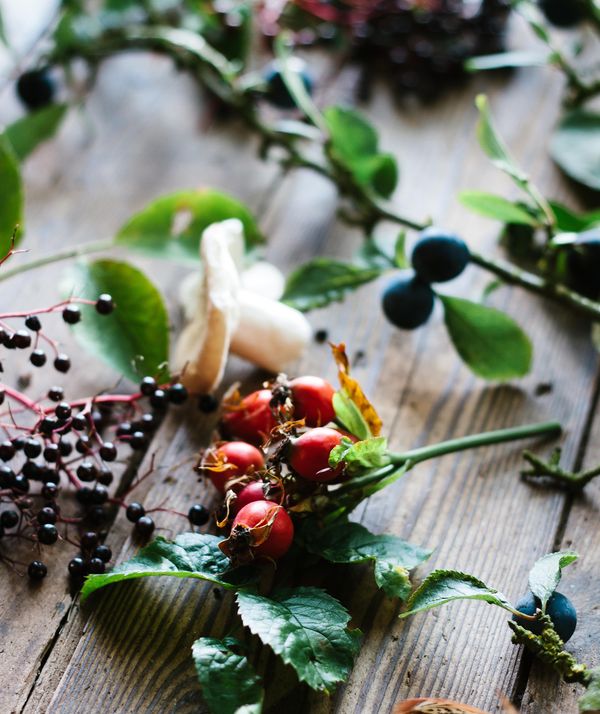
Rose hip
This bright red fruit ripens from mid-autumn and is a real vitamin C bomb. Pick them on dry and sunny days after the first frost, because the rose hips are then tastier. Chutneys, jams and rose hip purées have a fruity and tart flavour and go perfectly with game dishes or cheese.
Preparation tip: To make a delicious rose hip purée, mix the halved and deseeded rose hips with sugar in a ratio of 1:1 and leave them to marinate for an hour. Then add the juice and zest of one organic lemon, a little fresh ginger and vanilla pulp and stir the rose hips while cooking on a gentle heat for about an hour. Strain the mixture through a sieve and transfer the purée to sterile jars.
